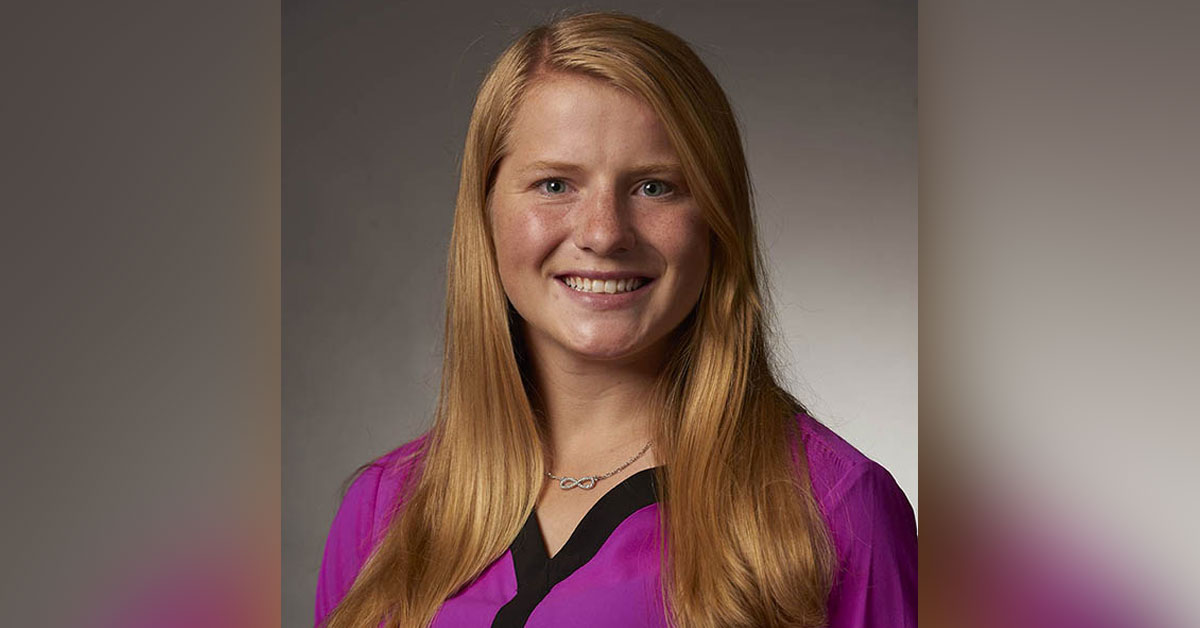Apply statistical skills to solve human health-related problems.
A biostatistician is an important member of many research teams. Working in close partnership with researchers across a wide array of scientific disciplines, a biostatistician designs studies and develops statistical tools to extract meaning from complex data.
With an MS in Biostatistics, you’ll collaborate on the design of biomedical studies, analyze data, and put the results in context for researchers to solve human health related problems. You’ll need mathematical, computational, and communication skills, as well as a curiosity about science.



